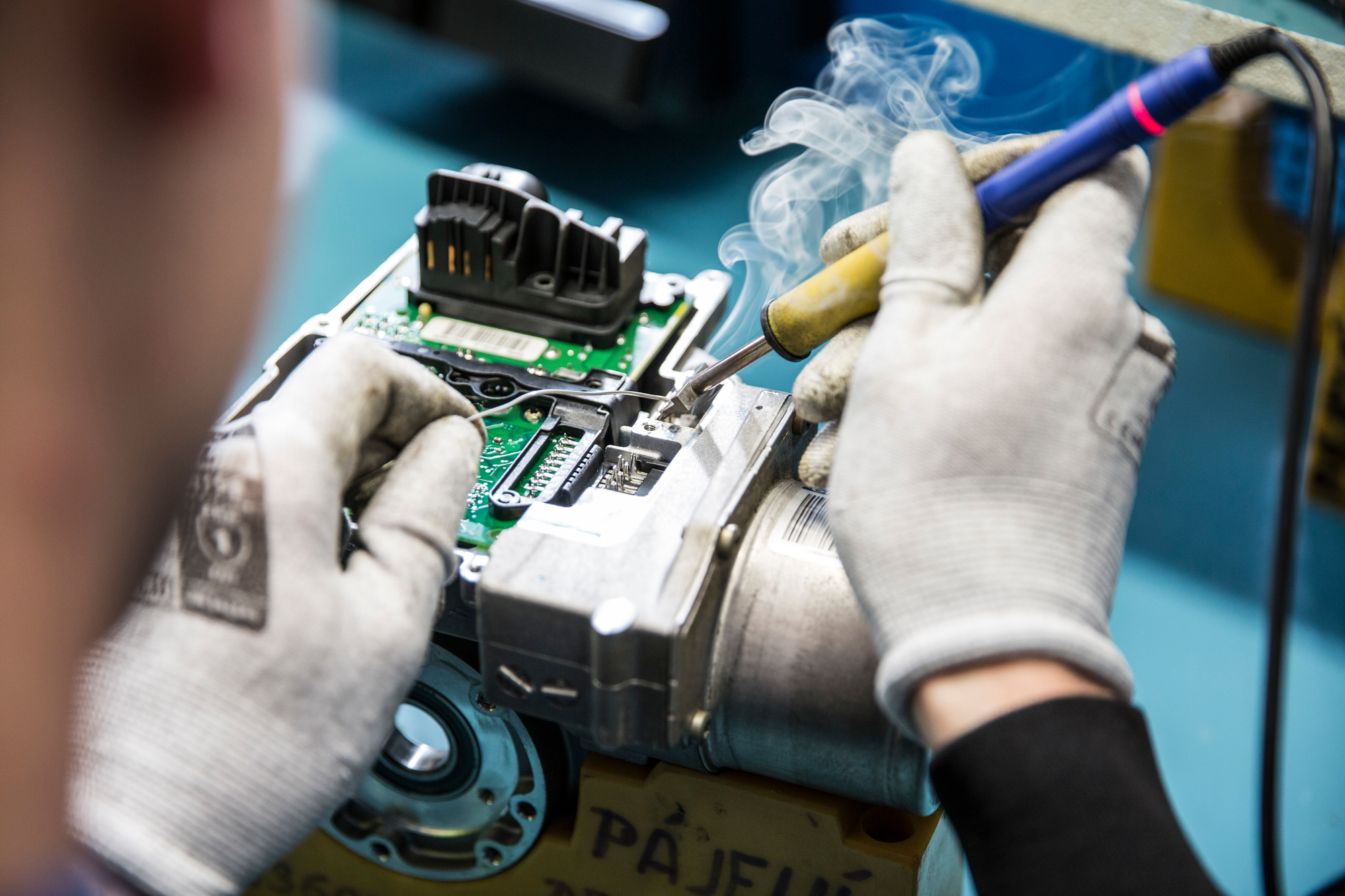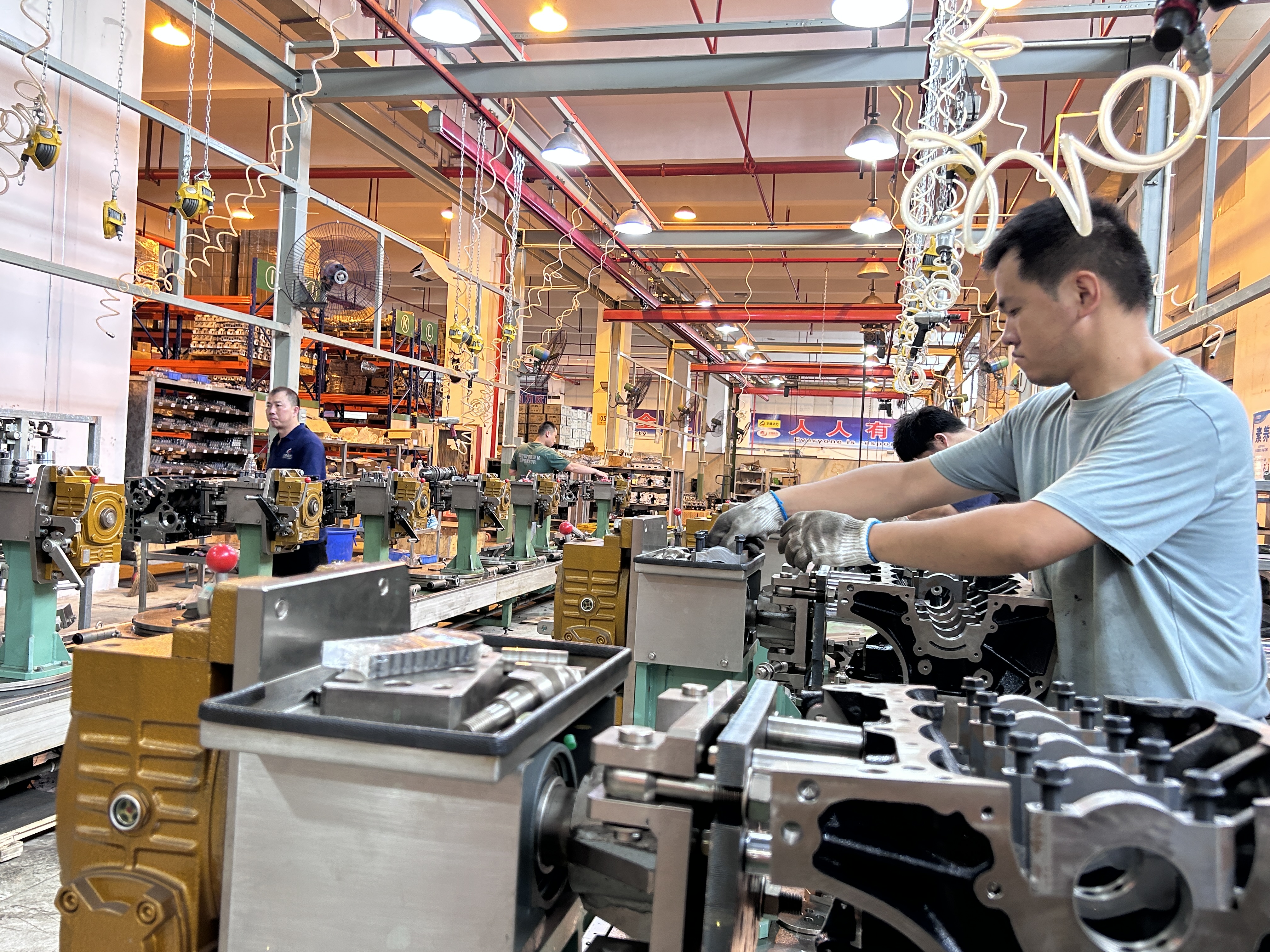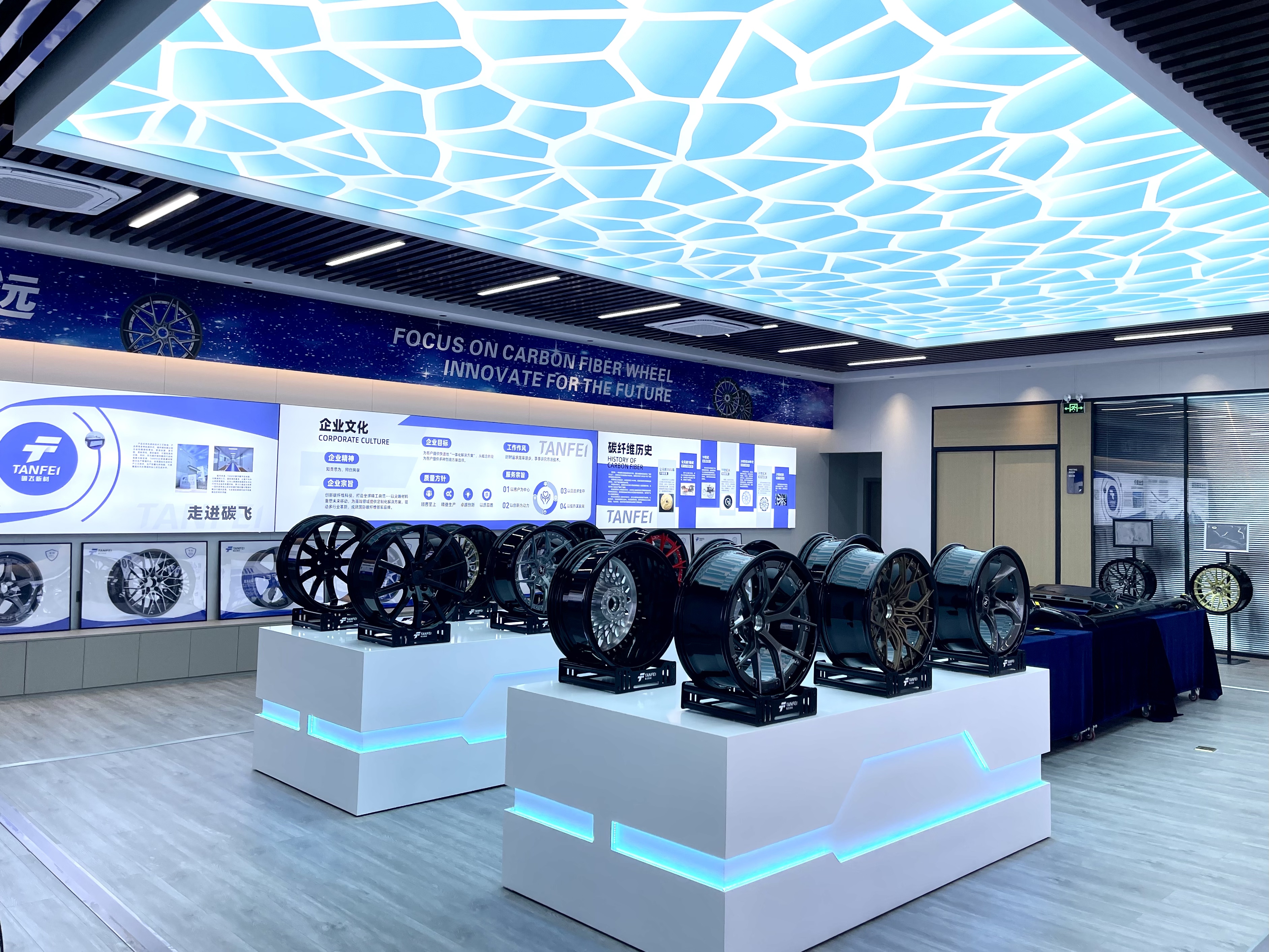China’s commitment to its dual carbon targets, through peaking CO2 emissions by 2030 and achieving carbon neutrality by 2060, drives transformation across the country’s automotive industry. In response, companies in China are establishing ESG initiatives and embracing circular economy principles aimed at eliminating waste and pollution by enhancing products and service lifecycles. Notable areas of the supply chain include tyre repair, battery recycling, carbon fibre wheels and remanufactured parts. To learn more, the organisers of Automechanika Shanghai interviewed leading manufacturers and aftermarket suppliers for first-hand insights on how sustainability and ESG efforts are being put into practice.
Remanufacturing: giving old parts new life

At ZF’s Lingang Remanufacturing Center, rusty transmissions are transformed into brand-new components. Mr Philippe Colpron, Head of ZF Friedrichshafen Aftermarket and Executive Vice President, emphasised, “Remanufacturing isn’t repair; it’s rebirth”. The facility reduces energy use through natural lighting and water recycling, as well as employs advanced testing to ensure OEM-quality parts.
The company aims for climate neutrality by 2040 and, in 2024 alone, cut over 35,000 tonnes of CO2 through remanufacturing techniques. Their engines and transmissions reuse over 90% of base materials, reducing resource consumption by five to 10 times. For example, remanufacturing 10,000 engines saves 12,000 tonnes of steel and prevents the mining of 24,000 tonnes of iron ore.

Miracle ORUIDE (Guangzhou) Auto Parts Remanufacturing, supported by Tianqi Lithium Corporation and Stellantis, processes 20,000 tonnes of scrapped vehicles and 50,000 engines annually. The Chairman of the company, Mr Bin Wang shared, “We have formed a closed-loop system from vehicle recycling and dismantling to remanufacturing and nationwide retail”. The company is expanding into remanufacturing batteries, motors, and controls for new energy vehicles, planning digital circular economy centres in China modelled after Stellantis’ CE Hub in Italy.
Despite two decades of development, the market acceptance rate of remanufacturing in China is lower than 20%, far below Europe and America’s rate of over 70%. Improvements in collection, awareness, and policies could unlock major environmental action. ZF reports that its transmission remanufacturing process reduces energy consumption by 85%, decreases material consumption and CO2 emissions compared to producing new parts. On the other hand, Tianqi finds that remanufacturing an engine uses half the amount of energy compared to manufacturing a new unit.
Repair and recycling: carbon reduction in tyres
Tech International (Shanghai) Co Ltd promotes tyre repair over replacement, highlighting that every year, 1.5 billion tyres are discarded globally. Fangbin Wang, General Manager, stated, “We sell 150 million tyre repair kits annually in China, meaning 150 million tyres are saved instead of scrapped”. Since producing a new tyre generates around 40 kg of CO2, repair extends tyre life and boosts resource recycling by 30%. Tech also creates recycling equipment and innovative EV-specific emergency repair kits to reduce carbon footprints across various vehicle types.
Material and process innovations

Tanfei New Materials in Ningbo specialises in carbon fibre wheels that weigh 40% less than aluminium alternatives. As Sales Director, Mr Yuhao Gao noted, “Lightweighting is just the start; the production of carbon fibre wheels emits half the amount of CO2 compared to the manufacturing processes of aluminium wheels.” While costs are currently high, inevitable increase of automation and use of recycled materials are expected to halve expenses soon.
3M China Automotive Aftermarket focuses on “environmental efficiency” through innovation, explained Mr Yingyan Chen, General Manager of the company. It supports eco-friendly car repair with products such as abrasive solutions for collision repair and paint preparation systems. These help to reduce material waste, lower harmful emissions, and encourage plastic recycling.
Automechanika Shanghai 2025: a window into automotive sustainability
Automechanika Shanghai offers an important vantage point for tracking ESG and circular economy development. From 26 to 29 November 2025, the National Exhibition and Convention Center (Shanghai) will host a record 7,000 global exhibitors across 383,000 sqm of space, offering a comprehensive platform to engage with the industry’s green future. Highlights include:
- Remanufacturing Zone (Hall 6.1)
- 3M (booth: 2.2F26, Hall 2.2)
- Miracle ORUIDE (Guangzhou) Auto Parts Remanufacturing (booth: 6.1D85, Hall 6.1)
- Tanfei New Materials (booth 7.2H44, Hall 7.2)
- Tech International (booth 5.2K36, Hall 5.2)
- ZF (booth 2.1D50, Hall 2.1)